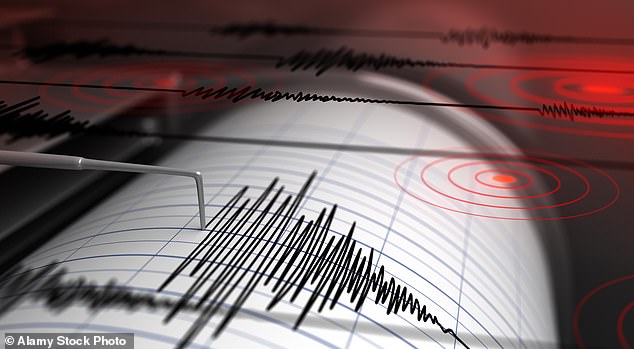
San Francisco Bay Area Tremor Sparks Growing Alarm Over Impending ‘Big One’
Okay, let’s tackle this query. The user wants a rewrite of the given article, shortening it to about 600 words and adding some pictures. First, I need to understand the original content thoroughly. The main points are: seven earthquakes in California within a day, specific details about the magnitudes, locations (Hayward and Petrolia), mention of the Hayward and San Andreas faults, historical context, expert warnings about the "Big One," and recent seismic activity. There are two images included in the original, so I should note where they were placed and maybe suggest similar placements in the shortened version.
Next, shortening to 600 words. The original seems to be around 700-800 words based on paragraph count and average word per paragraph. I need to condense without losing essential information. Look for redundant information. For example, the times of each quake are listed multiple times; maybe group them by location and timeframes instead of listing each one. Combine sentences where possible and remove less critical details, like the exact number of people who felt the quakes unless it’s significant.
The mention of studies and specific citations (like the 2024 study in Geophysical Research Letters) should be kept but maybe summarized briefly. The quotes from experts are important for credibility. The user also wants pictures included. Since Markdown can’t embed images, I should describe where images would go and suggest captions, maybe referencing the original image descriptions from the article. Check the original image placements—they were after the third and ninth paragraphs, so similar placement can be suggested in the rewrite.
Also, watch out for the key callouts: fears of the "Big One," the fact that both Hayward and San Andreas faults are overdue, and the potential impact of a major quake. Make sure those points are emphasized even after shortening. Adjust the flow to make it more concise, perhaps merging paragraphs about the Hayward fault’s history and the San Andreas’s current status.
Check for any technical terms that need simplification, but the audience might be general readers interested in news, so maintain clarity without jargon. Ensure the rewritten article has a logical structure: introduction with the main event, details of the earthquakes, context about the faults, expert opinions, recent similar events, and public reactions.
Also, consider the tone—original is a bit alarmist ("sparking fears"), so maintain that urgency but keep it factual. Verify that all important data points are included: magnitudes, times, locations, historical comparisons, potential future risks, and statistics from authorities like the California Earthquake Authority.
After the rewrite, a brief review for coherence, grammar, and adherence to the word limit. Ensure the suggested image placements enhance the content by breaking up text and illustrating key points like fault lines or affected areas.
California Rocked by Seven Earthquakes in 24 Hours, Raising Fears of the "Big One"
A flurry of earthquakes struck Northern California within a 24-hour span, reigniting fears of the long-dreaded "Big One." The U.S. Geological Survey (USGS) reported seven quakes, primarily near Hayward and Petrolia, with magnitudes ranging from 2.7 to 3.7.
[Image: Map of California highlighting earthquake epicenters near Hayward and Petrolia with the caption: Seven quakes struck Northern California in 24 hours, including activity near the Hayward and San Andreas faults.]
Cluster of Quakes Across Fault Zones
On Thursday afternoon, a 3.7-magnitude quake hit Hayward at 4:59 p.m. ET, preceded by three earlier tremors nearby. Less than 12 hours prior, three others shook the same region. Separately, two quakes near Petrolia—a 3.3 and 3.4 magnitude—occurred along the San Andreas Fault, a seismic zone overdue for a catastrophic rupture.
The Hayward Fault, part of the San Francisco Bay Area’s complex fault system, last caused major destruction in 1868 with a 6.8-magnitude quake that killed five people. Scientists warn the fault produces large quakes roughly every 140 years. “It’s been 156 years since the last one. The clock is ticking,” emphasized UC Berkeley researchers.
**San


